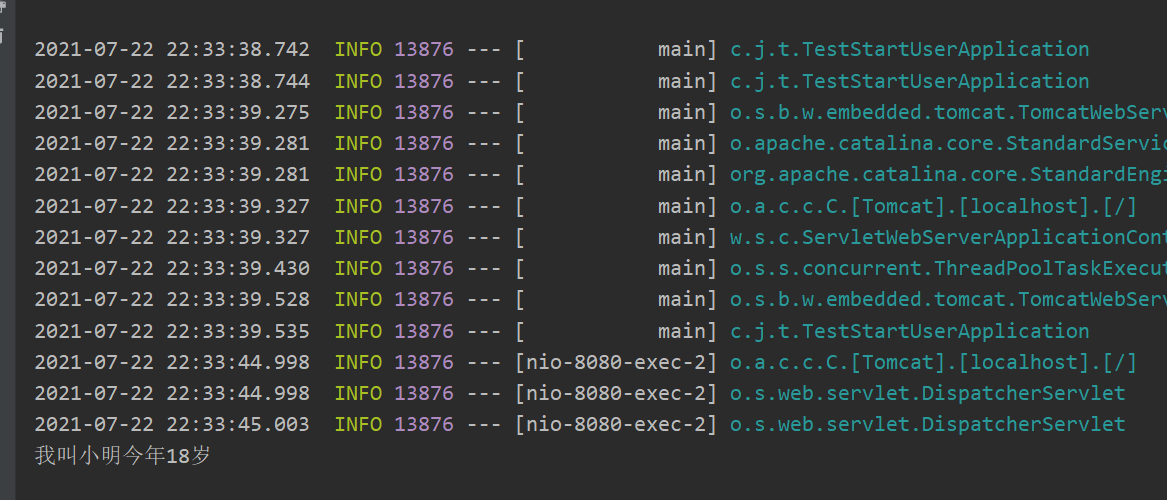SpringBoot自动装配-自定义Start
SpringBoot自动装配
JAVA技术交流群:737698533
SpringBootApplication注解
什么是自动装配,也就是说帮你把需要的类自动添加到Spring容器中
只要是一个SpringBoot项目肯定有这样一个类
@SpringBootApplication
public class MyApplication {
public static void main(String[] args) {
SpringApplication.run(TokenApplication.class, args);
}
}
而自动装配是在@SpringBootApplication这个注解中实现的,点进去首先能看到这个注解上还有三个注解
@SpringBootConfiguration
@EnableAutoConfiguration
@ComponentScan(excludeFilters = { @Filter(type = FilterType.CUSTOM, classes = TypeExcludeFilter.class),
@Filter(type = FilterType.CUSTOM, classes = AutoConfigurationExcludeFilter.class) })
public @interface SpringBootApplication {}
其中SpringBootConfiguration上还有一个注解@Configuration也就是说明其实SpringBootApplication也是一个配置类
@ComponentScan用于扫描需要被Spring管理的类,这也就是为什么写的类需要在SpringBoot启动类同级或在同级下的子包中
@EnableAutoConfiguration点进去发现它上面有一个特殊的注解@Import(AutoConfigurationImportSelector.class)
@Import注解的作用是将指定类添加到Spring容器中成为一个Bean
而在AutoConfigurationSelector类中有自动装配的实现
@Override
public String[] selectImports(AnnotationMetadata annotationMetadata) {
if (!isEnabled(annotationMetadata)) {
return NO_IMPORTS;
}
AutoConfigurationEntry autoConfigurationEntry = getAutoConfigurationEntry(annotationMetadata);
return StringUtils.toStringArray(autoConfigurationEntry.getConfigurations());
}
protected AutoConfigurationEntry getAutoConfigurationEntry(AnnotationMetadata annotationMetadata) {
if (!isEnabled(annotationMetadata)) {
return EMPTY_ENTRY;
}
//下面的方法
AnnotationAttributes attributes = getAttributes(annotationMetadata);
List<String> configurations = getCandidateConfigurations(annotationMetadata, attributes);
configurations = removeDuplicates(configurations);
Set<String> exclusions = getExclusions(annotationMetadata, attributes);
checkExcludedClasses(configurations, exclusions);
configurations.removeAll(exclusions);
configurations = getConfigurationClassFilter().filter(configurations);
fireAutoConfigurationImportEvents(configurations, exclusions);
return new AutoConfigurationEntry(configurations, exclusions);
}
protected AnnotationAttributes getAttributes(AnnotationMetadata metadata) {
//获取注解的名称作为key
String name = getAnnotationClass().getName();
AnnotationAttributes attributes = AnnotationAttributes.fromMap(metadata.getAnnotationAttributes(name, true));
Assert.notNull(attributes, () -> "No auto-configuration attributes found. Is " + metadata.getClassName()
+ " annotated with " + ClassUtils.getShortName(name) + "?");
return attributes;
}
其中我们关注与返回值相关的代码,也就是getCandidateConfigurations这个方法
protected List<String> getCandidateConfigurations(AnnotationMetadata metadata, AnnotationAttributes attributes) {
List<String> configurations = SpringFactoriesLoader.loadFactoryNames(getSpringFactoriesLoaderFactoryClass(),
getBeanClassLoader());
Assert.notEmpty(configurations, "No auto configuration classes found in META-INF/spring.factories. If you "
+ "are using a custom packaging, make sure that file is correct.");
return configurations;
}
继续查看loadFactoryNames方法
public static final String FACTORIES_RESOURCE_LOCATION = "META-INF/spring.factories";
public static List<String> loadFactoryNames(Class<?> factoryType, @Nullable ClassLoader classLoader) {
String factoryTypeName = factoryType.getName();
return loadSpringFactories(classLoader).getOrDefault(factoryTypeName, Collections.emptyList());
}
private static Map<String, List<String>> loadSpringFactories(@Nullable ClassLoader classLoader) {
MultiValueMap<String, String> result = cache.get(classLoader);
if (result != null) {
return result;
}
try {
//从META-INF/spring.factories中获取配置文件
Enumeration<URL> urls = (classLoader != null ?
classLoader.getResources(FACTORIES_RESOURCE_LOCATION) :
ClassLoader.getSystemResources(FACTORIES_RESOURCE_LOCATION));
result = new LinkedMultiValueMap<>();
while (urls.hasMoreElements()) {
URL url = urls.nextElement();
UrlResource resource = new UrlResource(url);
Properties properties = PropertiesLoaderUtils.loadProperties(resource);
for (Map.Entry<?, ?> entry : properties.entrySet()) {
String factoryTypeName = ((String) entry.getKey()).trim();
for (String factoryImplementationName : StringUtils.commaDelimitedListToStringArray((String) entry.getValue())) {
result.add(factoryTypeName, factoryImplementationName.trim());
}
}
}
cache.put(classLoader, result);
return result;
}
catch (IOException ex) {
throw new IllegalArgumentException("Unable to load factories from location [" +
FACTORIES_RESOURCE_LOCATION + "]", ex);
}
}
其中需要解释一下的是:MultiValueMap[接口],它是一个特殊的Map,由SpringBoot自己写的,查看它的实现类LinkedMultiValueMap
private final Map<K, List<V>> targetMap;
通常我们使用的Map是一个<K,V>结构的,而它这个Map是一个<K,V V V ...>结构的
首先SpringBoot会从缓存中尝试获取(其实也就是个map,不过有点特殊),如果获取不到,那就一次将全部内容读取出来,然后以K V V V...的形式存放到类中
那么META-INF/spring.factories这个文件在哪呢?

它里面的内容是这样的

以类的全限定名作为Key,其他类的全限定名作为Value
那到现在还是一头雾水,读到了这个有什么用呢?我们拿常见的Redis来看看

点进RedisAutoConfiguration看看
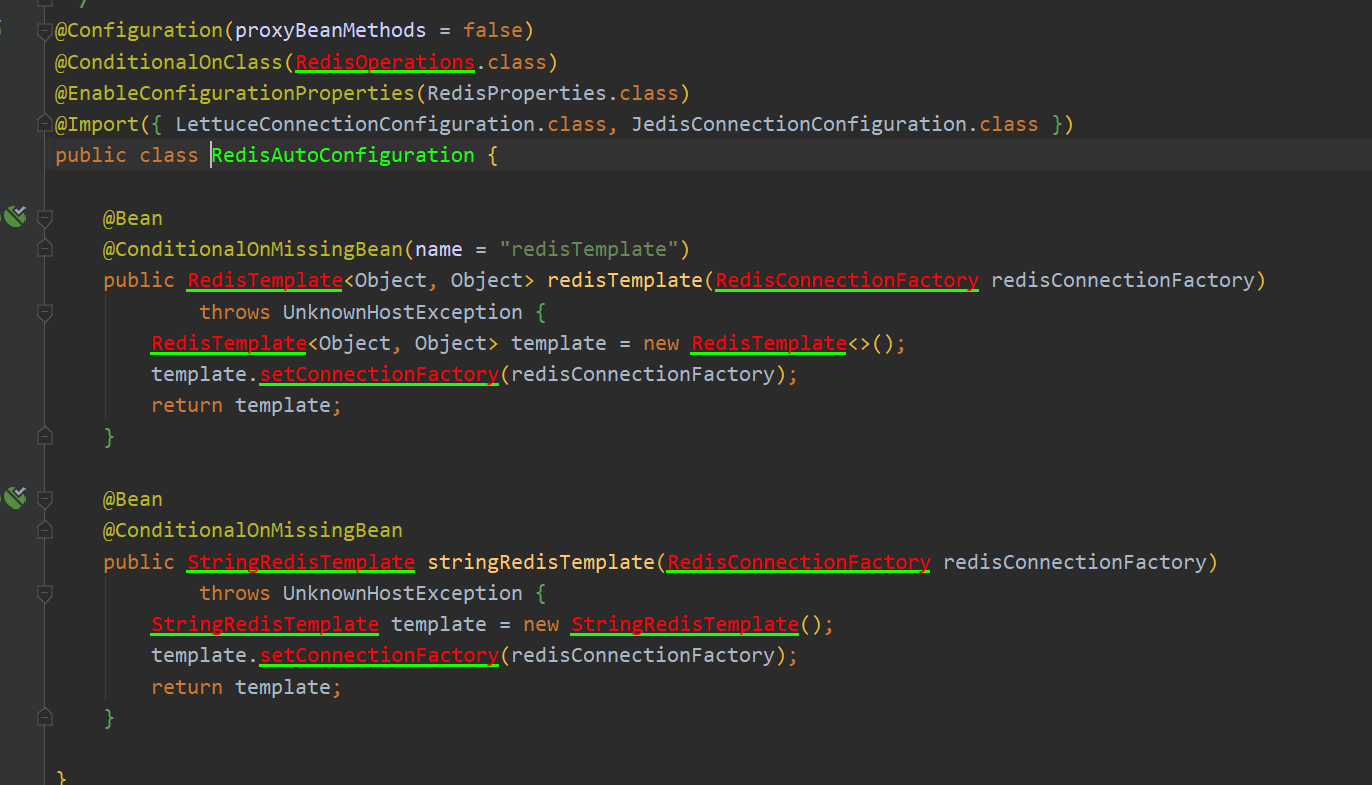
发现里面全是报错,因为我还没有导入Redis的start,当我在pom文件中添加redis的依赖后
<dependency>
<groupId>org.springframework.boot</groupId>
<artifactId>spring-boot-starter-redis</artifactId>
<version>1.4.1.RELEASE</version>
</dependency>

发现不报错了,使用RedisTemplate存取值也可以了,这里就不再演示存取值
上面这个类主要看类上面的注解,主要的两个为:ConditionalOnClass和EnableConfigurationProperties
ConditionalOnClass
@ConditionalOnClass的作用是当前项目的classpath中存在某个类在会实例化这个类为bean,Spring还提供了其他类似的注解

那么毫无疑问pom中导入的那个依赖中肯定有一个类或接口叫做RedisOperations,点进去查看它的包路径
package org.springframework.data.redis.core;
我们去导入的包中找一找
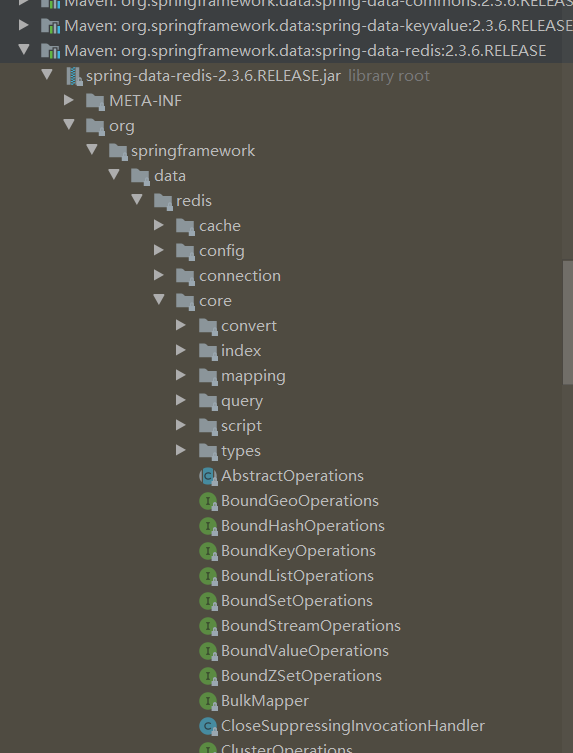
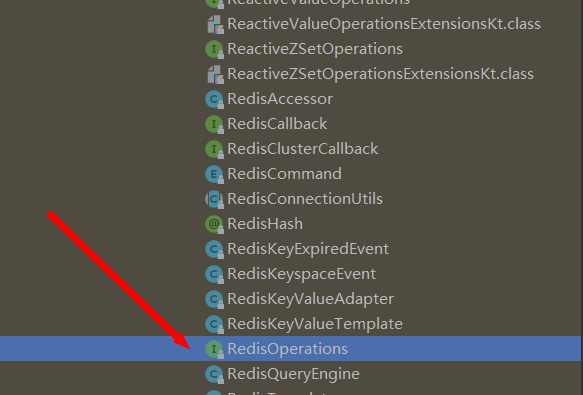
EnableConfigurationProperties
@EnableConfigurationProperties注解是使@ConfigurationProperties 注解的类生效,点进注解上的类
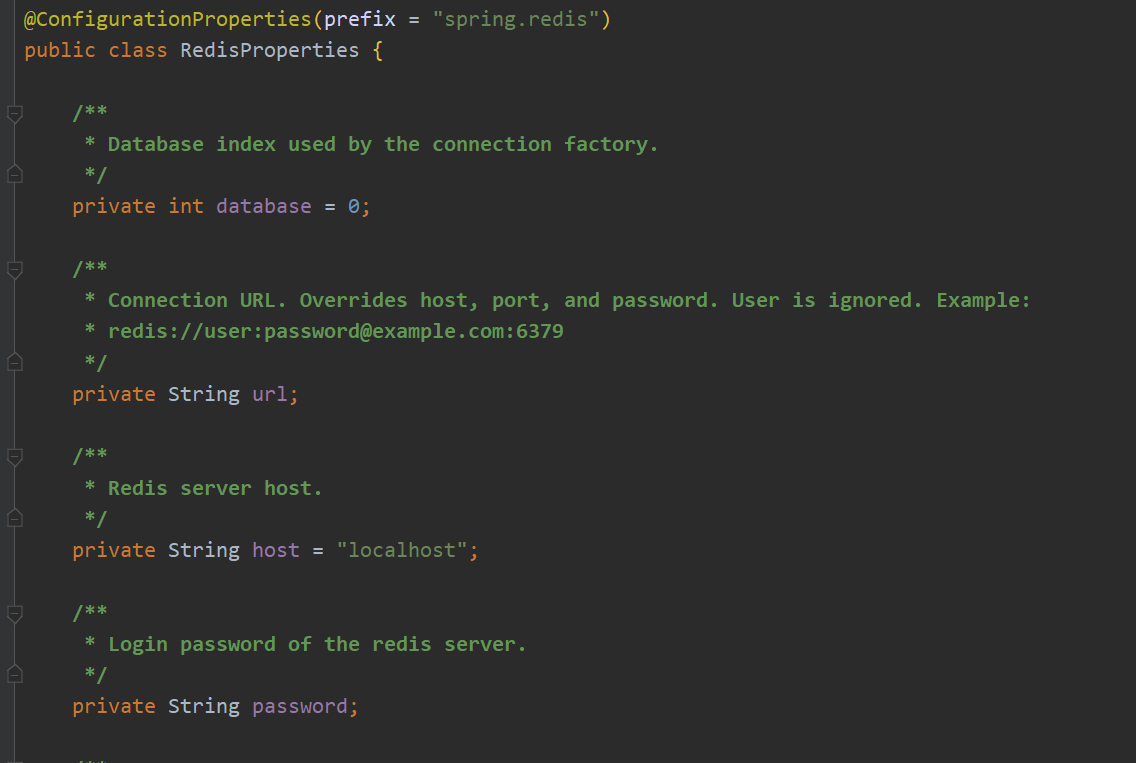
@ConfigurationProperties注解的作用是可以将参数的配置设置在application配置文件中,我们在application配置文件中配置的参数都配置类中的字段,要不然这些参数那来的?

那么现在SpringBoot自动装配的大致流程就完成了
- 读取META-INF/spring.factories文件
- 将扫描出的类进行判断
- 如果符合类上的
@ConditionalOnxxxx注解就将类添加到Spring容器中
如何自定义一个Start
现在知道了SpringBoot是如何自动装配的,扫描MEAT-INF下spring.factories文件,key为:EnableAutoConfiguration,为什么key为EnableAutoConfiguration呢?在上面的代码中,扫描的以@EnableAutoConfiguration注解获取名称作为key
首先创建一个Maven项目,导入依赖
<dependencies>
<dependency>
<groupId>org.springframework.boot</groupId>
<artifactId>spring-boot-autoconfigure</artifactId>
<version>2.0.0.RELEASE</version>
</dependency>
<dependency>
<groupId>org.springframework.boot</groupId>
<artifactId>spring-boot-configuration-processor</artifactId>
<version>2.0.0.RELEASE</version>
<optional>true</optional>
</dependency>
</dependencies>
之后在resources文件夹下创建META-INF/spring.factories文件
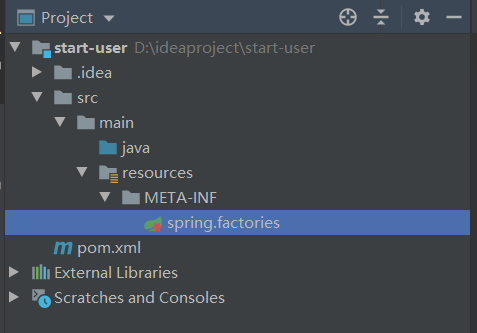
然后创建配置类 当代码没有写完时@ConfigurationProperties会报错:没有开启这个配置类,可以暂时不管

创建服务类
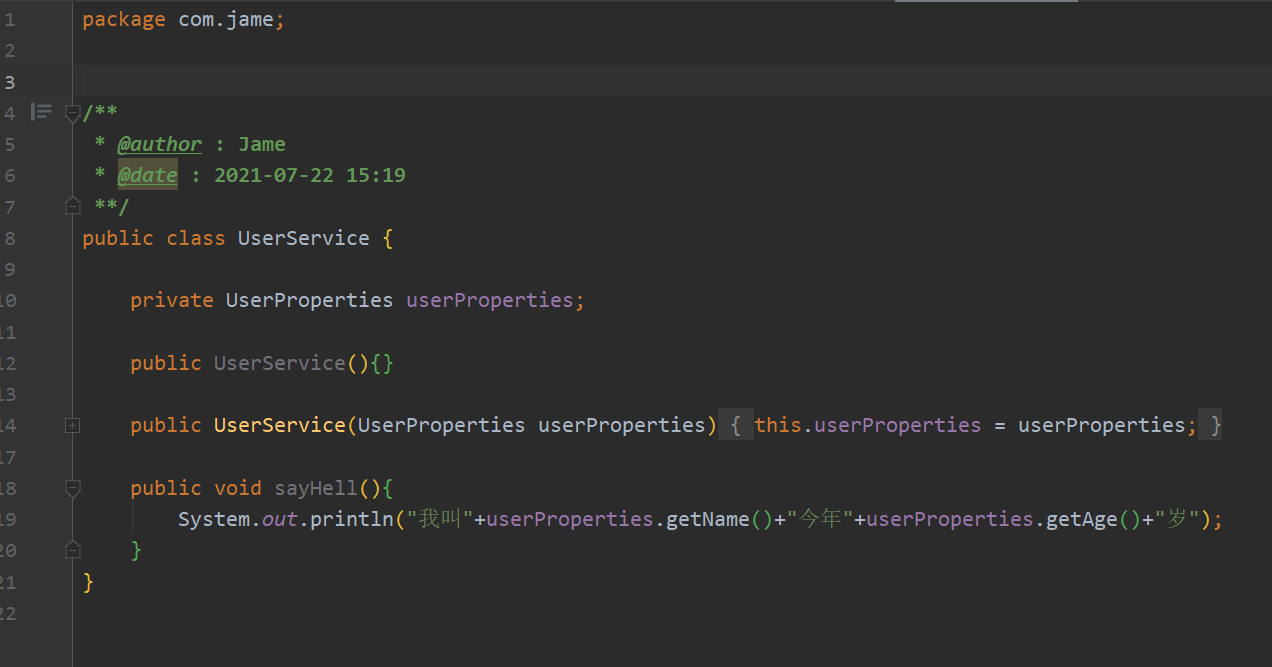
创建自动注入的配置类
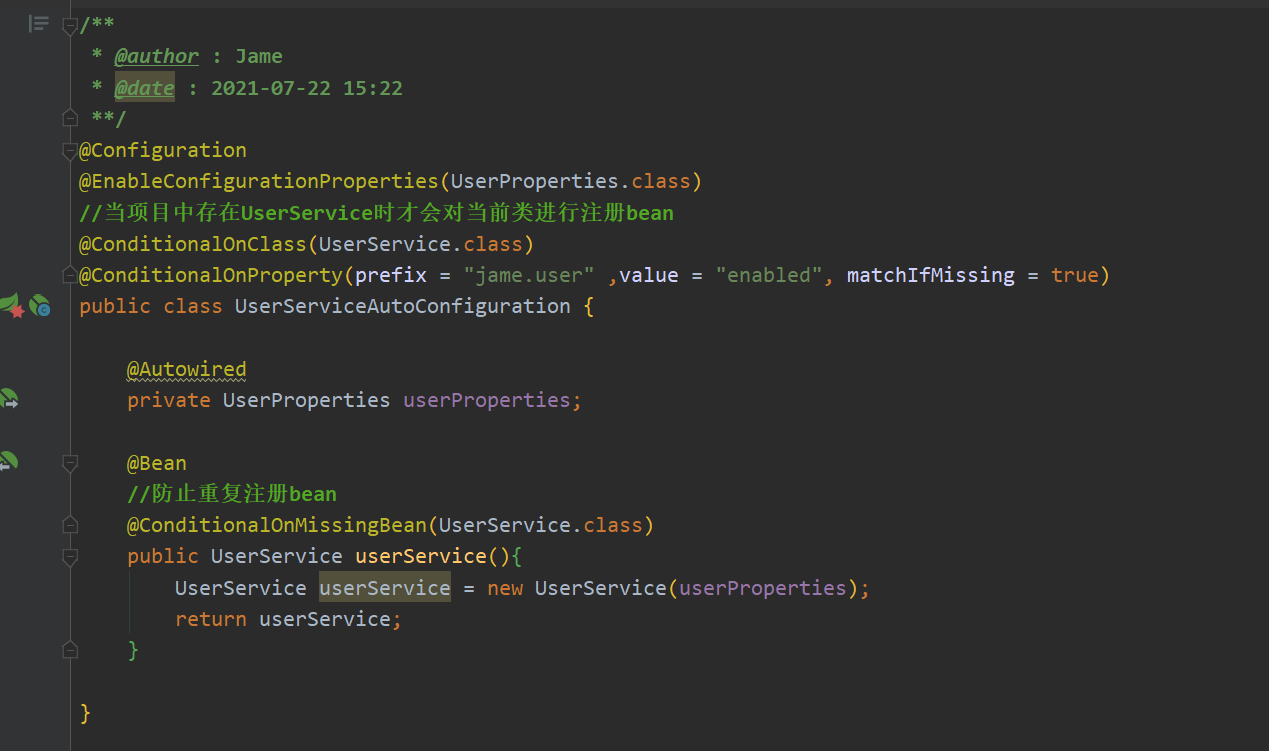
最后在spring.factories中添加自动装配类
org.springframework.boot.autoconfigure.EnableAutoConfiguration=
\com.jame.UserServiceAutoConfiguration //这里替换成自己的类全路径
整个项目结构如下
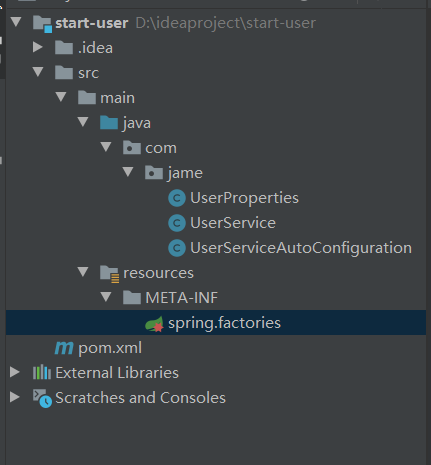
最后将maven项目 clean install 打包到当前maven仓库中
在target输出文件夹下打开cmd 直接在路径框中输入cmd直接打开当前位置
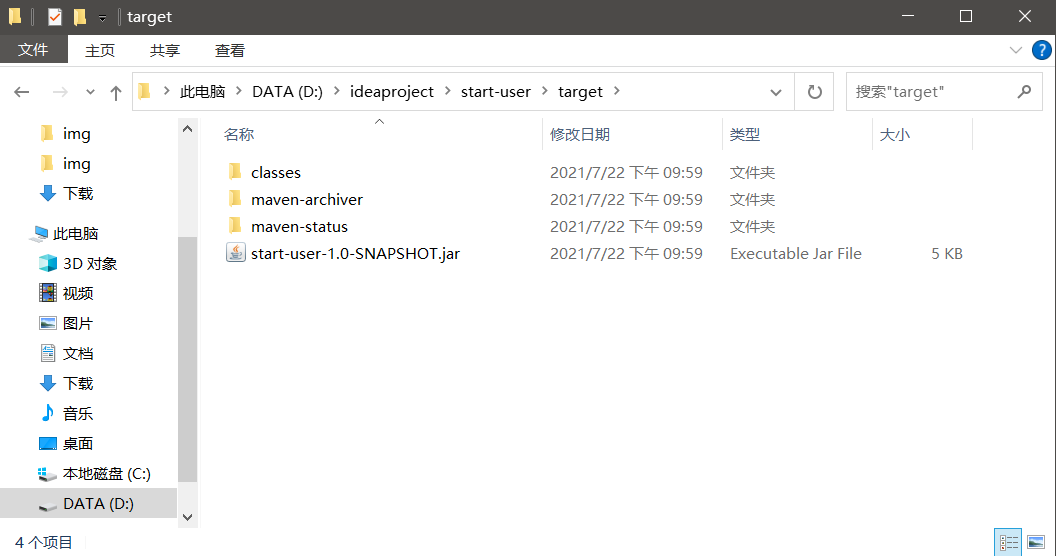
输入命令
mvn install:install-file -Dfile=start-user-1.0-SNAPSHOT.jar -DgroupId=com.jame -DartifactId=user-spring-boot-start -Dversion=1.0 -Dpackaging=jar
- -Dfile 文件名
- -DgroupId 就是groupId
- -DartifactId 项目名称,可以不和文件名一样
- -Dversion 版本号
- -Dpackaging打包方式
完成后新建个SpringBoot项目来测试
导入刚才打包的项目

配置参数

创建一个Controller来测试
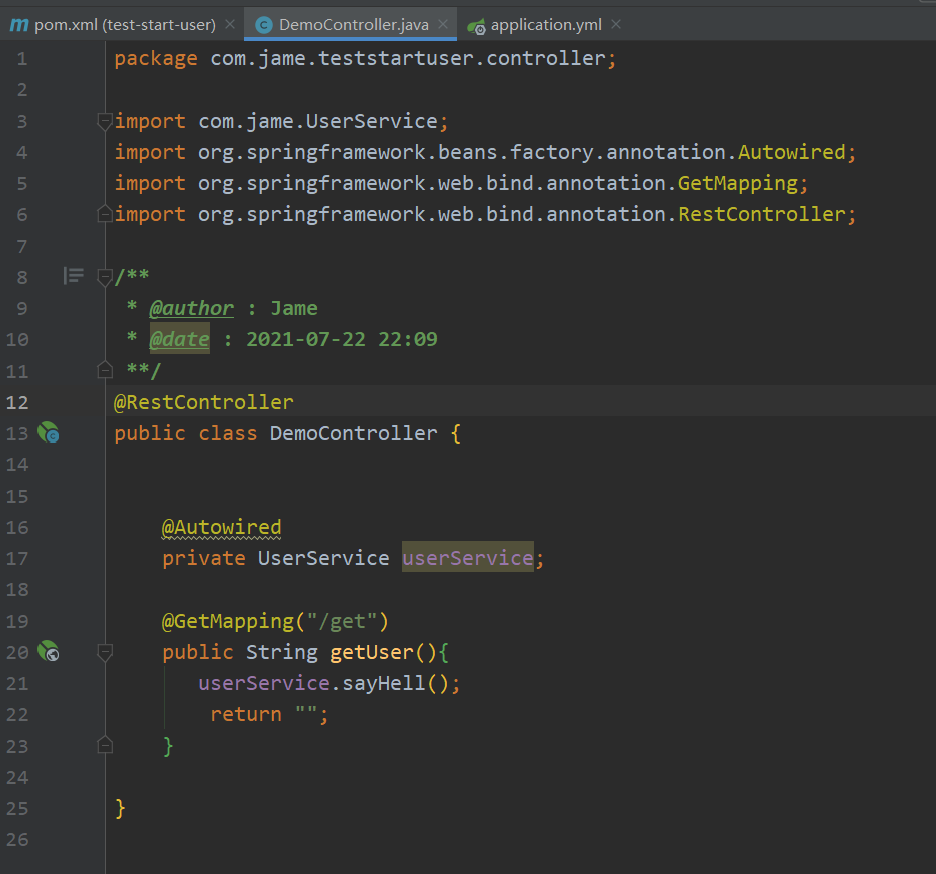
这里使用@Autowired idea可能会提示错误,说找不到对应的类型,这个是idea的问题
如果不想看着难受可以设置:Setting->Editor->inspections->Spring Core->Core->AutoWring for bean class 将Error设置为Waring
最后访问测试:
